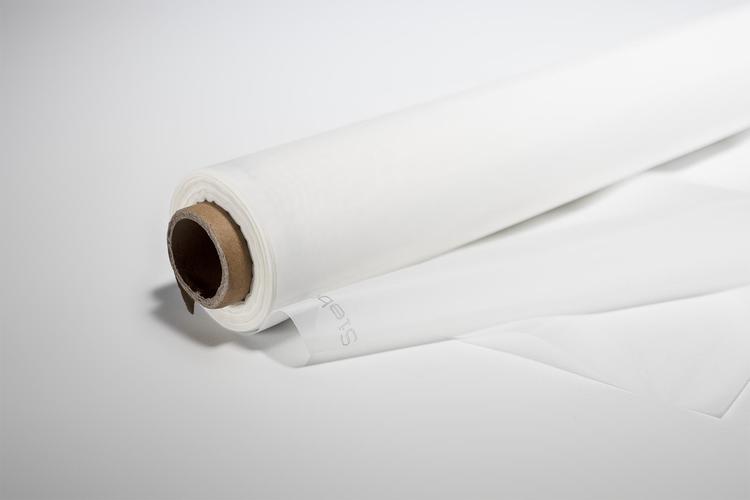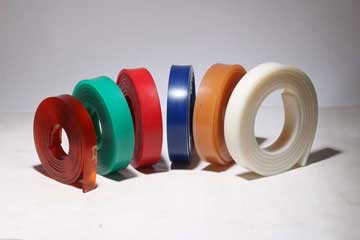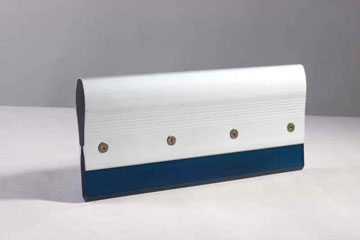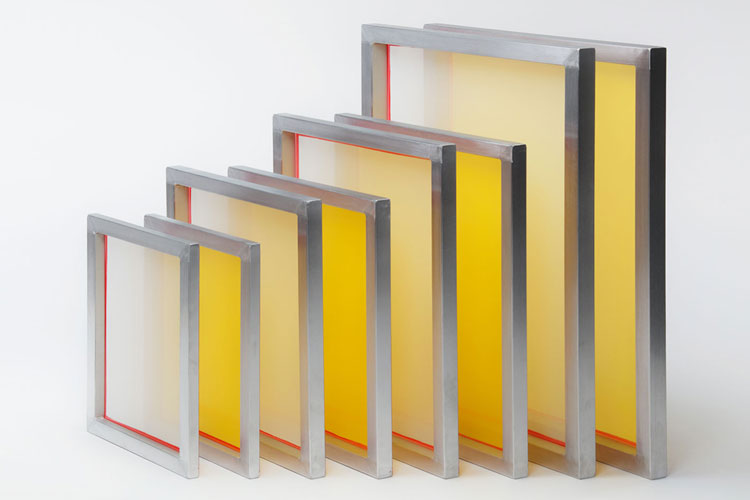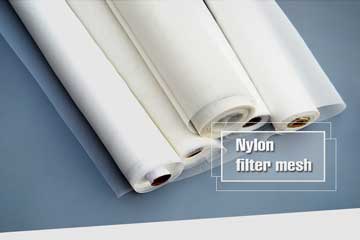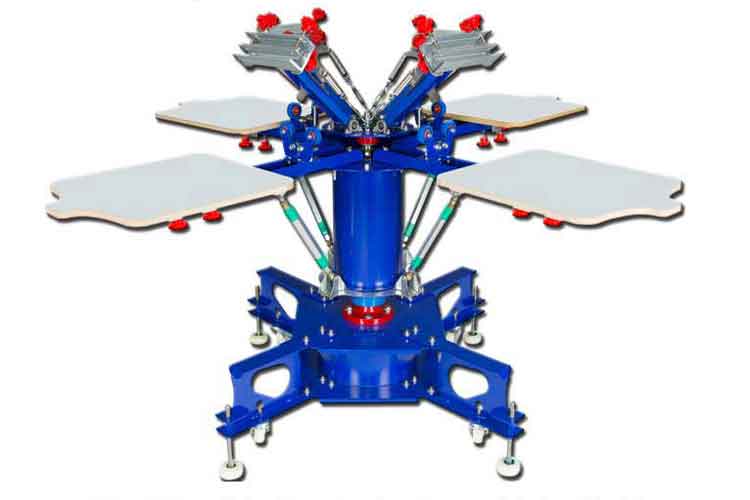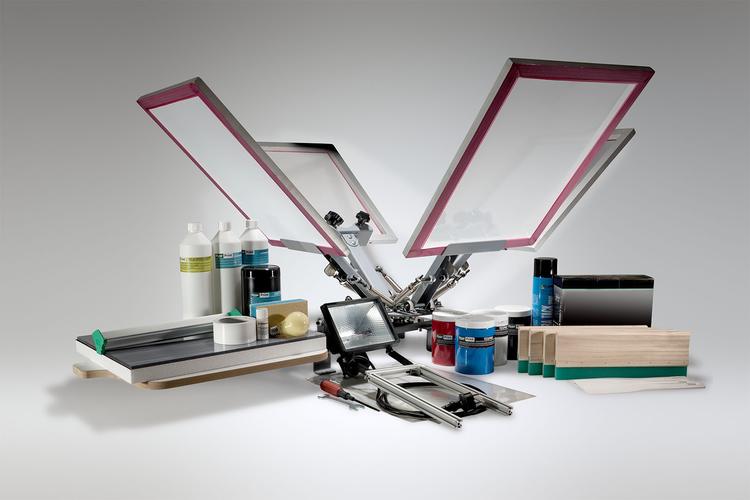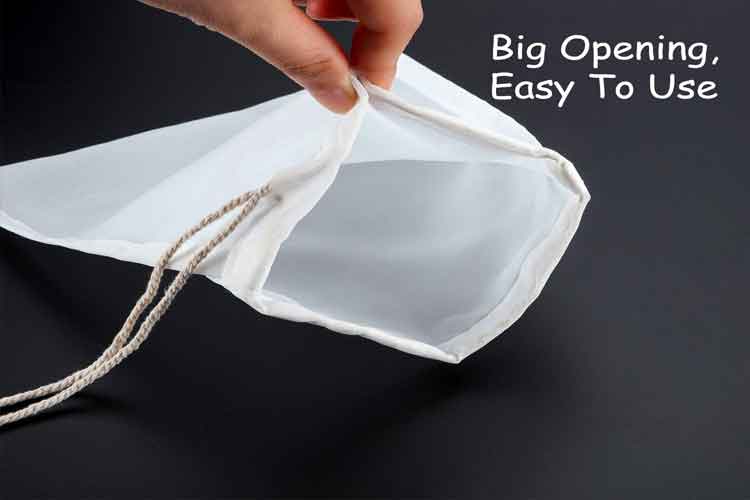What are the main features of screen printing?
1 ,Screen printing mesh can use a variety of types of ink. Namely: various types of inks such as oily, water-based, synthetic resin emulsion type, and powder. 2 ,layout is soft. The screen printing plate is soft and has a certain elasticity, which is not1 ,Screen printing mesh can use a variety of types of ink. Namely: various types of inks such as oily, water-based, synthetic resin emulsion type, and powder.
2 ,layout is soft. The screen printing plate is soft and has a certain elasticity, which is not only suitable for printing on soft articles such as paper and cloth, but also suitable for printing on hard articles such as glass, ceramics and the like.
3, screen printing embossing force is small. Since the pressure used in printing is small, it is also suitable for printing on a fragile shopping body.
4, The ink layer is thick and has strong coverage.
5, is not limited by the shape of the surface of the substrate and the size of the area. As can be seen from the foregoing, screen printing can be printed not only on a flat surface but also on a curved surface or a spherical surface; it is suitable not only for printing on small objects but also for printing on large objects. This printing method has great flexibility and wide applicability.
.jpg)
Screen printing belongs to stencil printing, which is called four printing methods together with lithography, embossing and gravure printing. The stencil printing includes a stencil, a stencil, a spray, and a screen printing. The principle of stencil printing is: the printing plate (the aperture of the paper film or other plate is made through the ink). During printing, the ink is transferred to the substrate through the hole of the stencil through a certain pressure (paper, ceramics, etc.) ), forming an image or text. The most convenient stencil printing was written in the late 19th century. This kind of printing is made on a special wax paper, which is made into a stencil graphic version by a typewriter or a stylus, and printed on the wax paper plate with an ink roller, and the desired printing effect can be obtained on the substrate. In stencil printing, the most widely used is screen printing.
In any screen printing application, the extension properties of the screen are critical, and different extension characteristics, even for the same material, will have different screen strengths, screen stability and other properties. There are also different printing effects. Therefore, the extension characteristics of the screen determine the strength, stability, stretching method and quality of the screen.
1. The extension characteristics of the screen directly affect the following conditions: a. The ultimate tension of the screen, the registration and dimensional stability of the printed image;
b. the size of the mesh distance and the separation behavior of the screen and the substrate at a low grid distance; c. the adaptability of the article to be printed, especially if the substrate has an uneven or irregular surface
2, select the performance requirements of the screen: A. select the screen extension characteristics suitable for the printing parameters; B. the wire diameter is uniform, the thickness of the mesh is uniform, the opening size is uniform and square; C. is better with the emulsion or Good bonding strength; D. High tensile strength, good resilience, strong abrasion resistance; F. Good stability, little influence by temperature and humidity; G. Screen resistant to chemical solvents and chemicals.
3, the main technical parameters of the screen: A. mesh: refers to the number of mesh per cm or per inch length, 1 mesh / inch = 2.54 mesh / cm; B. wire diameter is the diameter of the woven wire mesh It is the value measured by the production plant on the screen projection plane. Usually expressed in d, the unit is: micron.
Pre:How to distinguish between polyester filter cloth and nylon filter cloth
Tags:
